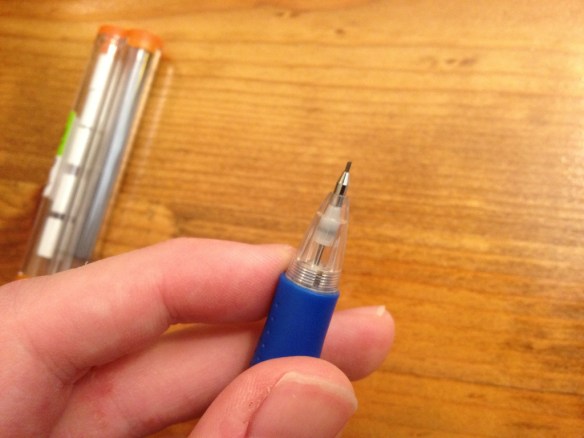If one is cutting things for hobby purposes for much time and one doesn’t have a table which would deal well with sharp objects, a cutting mat is really a no-brainer. But how well do the more common ones really work?

Fiskars cutting mats are easy to find in many places. The particular one I use is 12×18 inches, but has a border of about a half-inch, extending the dimensions to about 13×19 but with rounded corners. Each edge is marked with a ruler that is accurate and the mat is divided into inch squares. A couple of angles are also laid out in one corner. Most of the information on the mat is printed on a sticker on one of the sides (it’s double sided).
Being made of a fairly slick plastic, the mat can clean up easily after things like paint and plaster, but it has a texture that prevents the items being cut from sliding around. The mat is self-healing, but that really only applies to small nicks, anything larger might get a bit better, but will obviously never go away. Most things of this nature don’t inhibit the use of the mat. And it can take quite some beating from blades. If one is using this for hobby projects it will easily hold up to almost anything that is thrown at it (or rather cut on it). Obviously it has an upper limit, as it was cut into shape in the first place, but for normal personal (not industrial) use, it’ll work for a long time.
It does its job, I don’t know what else to say. Placing this on top of a table before cutting something for hobby, personal, or artistic use will almost ensure the safety of the tabletop. It works, and you can buy them from Wal-Mart.








